Little Prince Citrus Orchard (어린왕자감귤밭)
8.7 Km 0 2024-02-20
45-1 Chusa-ro 36beon-gil, Daejeong-eup, Seogwipo-si, Jeju-do
Little Prince Citrus Orchard is a café located in an 8,000 square meter palm grove, enriched with Jeju scoria. The café's citrus orchard is home to 11 species of animals, allowing visitors to feed them with any drink order. In winter, the citrus harvest season, they also offer a citrus picking activity. Their signature offerings include the fresh green tangerine smoothie and hallabong smoothie.
Jinmi Myeongga (진미명가)
8.7 Km 21943 2024-02-20
167 Sagyenam-ro, Andeok-myeon, Seogwipo-si, Jeju-do
Jinmi Myeongga, under the ownership of Chef Kang Chang-gun, a saw-edged perch maestro, offers an extensive menu of over 30 dishes derived from a single saw-edged perch. Established in 1983, it has become a favored dining spot for Korean presidents and global leaders. Guests ordering Jeju's natural saw-edged perch are treated to hoe (raw fish), ppyeo jiriguk (bone fish soup), and an assortment of side dishes, where the hoe is noted for its chewiness and the fish soup for its rich flavor. It's advisable to make a reservation before visiting.
Seogwipo Recreational Forest (서귀포자연휴양림)
8.7 Km 48646 2020-08-13
882, 1100-ro, Seogwipo-si, Jeju-do
+82-64-738-4544
Seogwipo Recreational Forest is Korea’s southernmost recreational park that serves as an excellent nature getaway by preserving the mountain’s forest environment and ecosystem while minimalizing manmade structures as much as possible. The park is located approximately 700 meters above sea level, and is 10 °C lower in average temperature compared to that of Seogwipo’s downtown, providing the ideal condition to enjoy forest bathing and camping from spring to fall. The park is easily accessible by car, thanks to the paved road from the mountain’s foothills all the way up to the park’s entrance. It takes about 30 minutes by car from Seogwipo’s downtown to the recreational park. The park is densely packed with trees and the air is filled with the refreshing forest scent, and even has a pebble walking trail suitable for a barefoot massage. The forest is equipped with amenities such as a mountain cottage, forest bathing site, campfire site, cooking area, and auto-camping site. Although the amenities serve to provide visitors’ convenience, they are minimized so as to prevent damage to the forest’s natural environment.
Jeju Yakcheonsa Temple (약천사(제주))
8.8 Km 59604 2024-03-12
293-28, Ieodo-ro, Seogwipo-si, Jeju-do
+82-64-738-5000
Jeju Yakcheonsa Temple is the largest temple in Asia. Originally a small hermitage named Yaksuam, it was named Yakcheonsa because of a famous mineral spring ('Yaksu') nearby. It enshrines tombstones of two royal couples from the Joseon Dynasty: King Munjong and his consort, and King Yeongchin and his consort. The temple also offers temple stays for both Koreans and foreigners.
Jeju Glass Castle (제주 유리의성)
8.8 Km 87323 2024-03-15
462 Nokchabunjae-ro, Hangyeong-myeon, Jeju-si, Jeju-do
+82-64-772-7777
Jeju Glass Castle is a theme park centered around glass art, featuring exhibition halls, gardens, and an array of glass sculptures. The park showcases nearly 250 glass structures across six different areas, which include the world's first glass maze, the world's largest glass globe, and various glass creations such as diamonds, fences, and bridges. Additionally, it houses works by famous glass artists from around the world, including those from Italy, Czech Republic, and Japan.
Daejeonghyanggyo Confucian School (대정향교)
9.1 Km 17304 2019-12-26
165-17, Hyanggyo-ro, Andeok-myeon, Seogwipo-si, Jeju-do
+82-64-742-8866
Daejeonghyanggyo was a Confucian school during Joseon Dynasty. Although the exact date of construction is uncertain, it is estimated that the building was built around the same time as Daejeonghyeon in 1416.
The school was originally located inside Bukseong but it was once moved outside of Dongmun and then again to the site of Seoseong. It was finally moved to Dansan Oreum where it remains to this day. At present, Daejeonghyanggyo Confucian School consists of Daeseongjeon, Myeongryundang, Dongjae, Seojae Shinsammun, Daeseongmun, Dongmalmun and Dongjeongmun. Daeseongjeon was remodeled in 1669, 1688, and 1752. Myeongryundang was rebuilt in 1772. After several instances of remodeling and rebuilding, Daeseongjeon was remodeled again in 1993. The Confucian school was designated as the Jeju Tangible Cultural Asset No. 4 in August 1971.
Elysian Jeju Country Club (엘리시안 골프 제주)
9.1 Km 13015 2022-12-26
1738-116, Pyeonghwa-ro, Jeju-si, Jeju-do
+82-64-798-7001
Located in Aweol-eup on Jeju Island, Elysian Jeju Country Club is a prestigious golf course well known by Korea’s golf aficionados. Not just an ideal place to enjoy a round of golf, the country club also has space that can be booked for business seminars and other events. In addition, the country club provides lodging facilities, a driving range, swimming pool, and spa services to guarantee their guests a perfect vacation.
Geum Parasitic Cone (금오름)
9.2 Km 20298 2023-02-16
Geumakbuk-ro, Hallim-eup, Jeju-si, Jeju-do
+82-64-740-6000
Geum Parasitic Cone is one of the more famous parasitic cones in the western mountainous region. It is a satellite volcanic edifice that has a large circular crater (52 meters deep) and a crater lake at the summit, and the two peaks in the south and the north are connected by a low slope from east to west. The lake at the summit inside the crater once held an abundant volume of water but it is now empty, showing the bottom of the crater. The name Geum Parasitic Cone is speculated to have derived from an archaic word "Gom," which means "god." Therefore, it can be interpreted that this parasitic cone has been deified since the ancient times. Pines, cedars, briers, bo trees and Oriental photinia can be found near the circular crater and the lake area.
Gangjeongcheon Stream (강정천)
10.2 Km 26302 2022-08-18
Gangjeong-dong, Seogwipo-si, Jeju-do
+82-64-740-6000
Unlike most streams on Jeju Island that can easily run dry, Gangjeongcheon Stream, located to the east of Gangjeong Village in Seogwipo-si, flows with clear water all year round. The stream stretches 16 kilometers in length and has 7 small ponds, 6 bridges and 13 waterfalls. The old pine trees and uniquely formed rocks and stones on either side of the stream make for great natural sightseeing.
The stream is home to sweetfish and groups of mandarin ducks, which are Natural Monument. During summer, the stream is crowded with vacationers thanks to the clean water and relaxing environment.
Dosun Dawon Tea Plantation (도순다원)
10.4 Km 18 2019-09-11
152-41, Jungsanganseo-ro 356beon-gil, Seogwipo-si, Jeju-do
+82-64-739-0419
Dosun Dawon Tea Plantation is Korea's first tea plantation to build and operate a modern tea-manufacturing factory. The plantation is an eco-tourism destination that aims to contribute in reducing carbon dioxide and improve the local economy through green tea production. Despite the large field that covers an area of approx. 264,400 ㎡, Dosun Dawon Tea Plantation is not very well known among tourists. However, the plantation is frequented by photographers who visit to take snapshots of the vast field against the backdrop of Hallasan Mountain or Jeju's beautiful ocean.
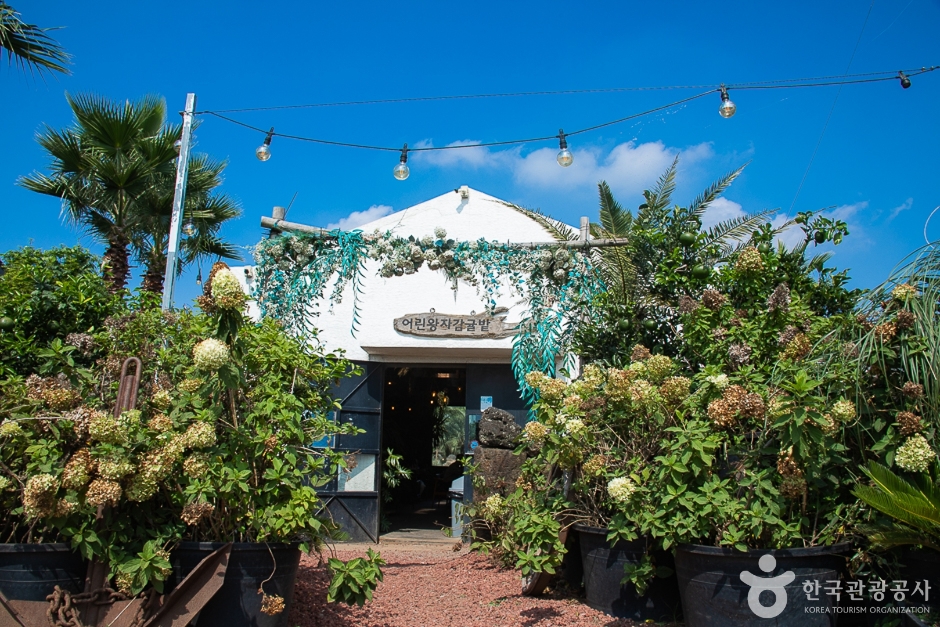
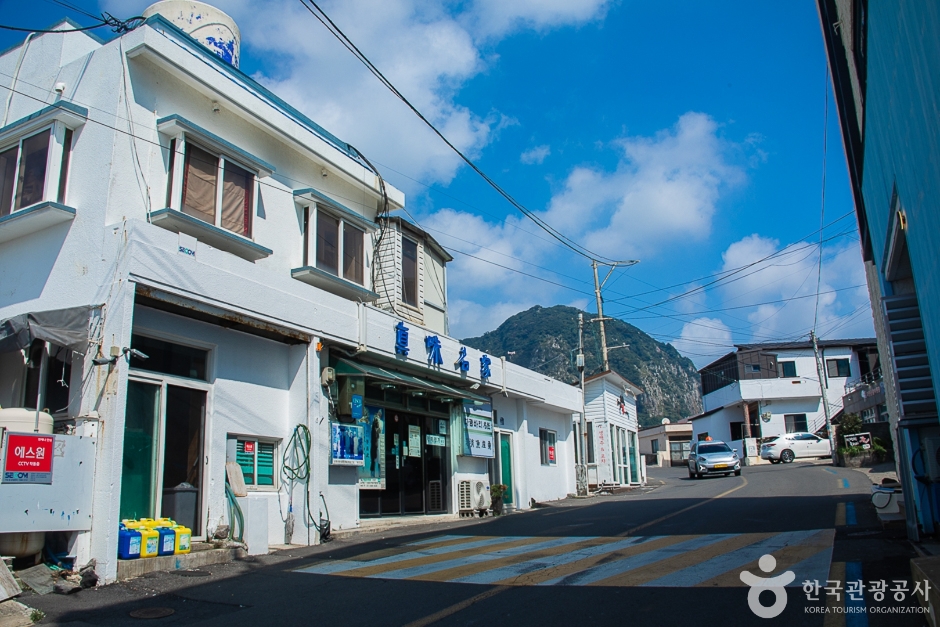
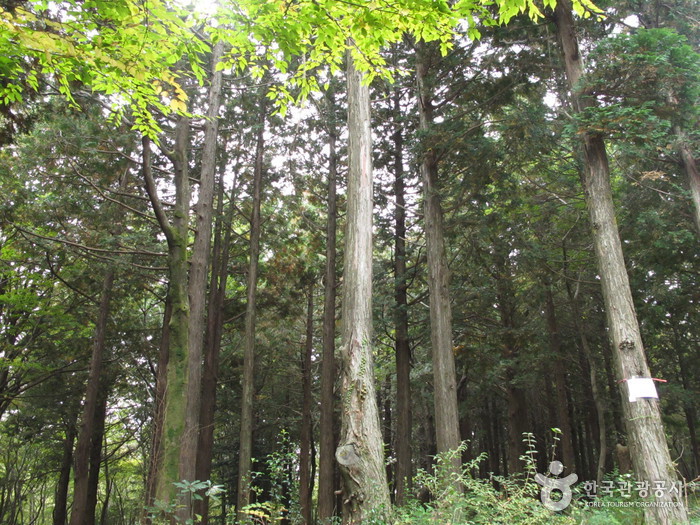
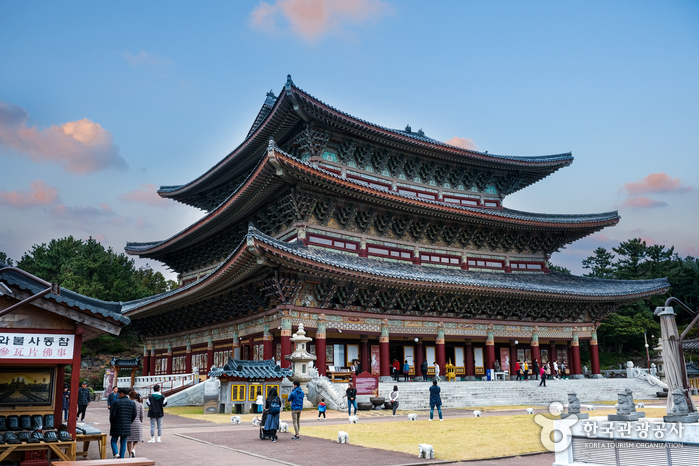

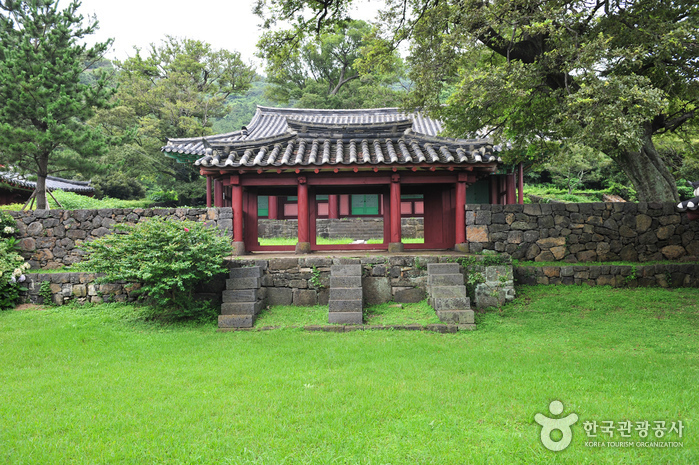
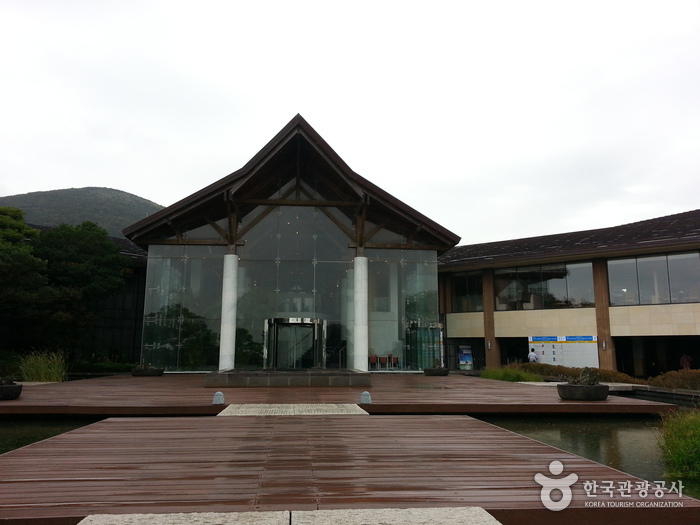
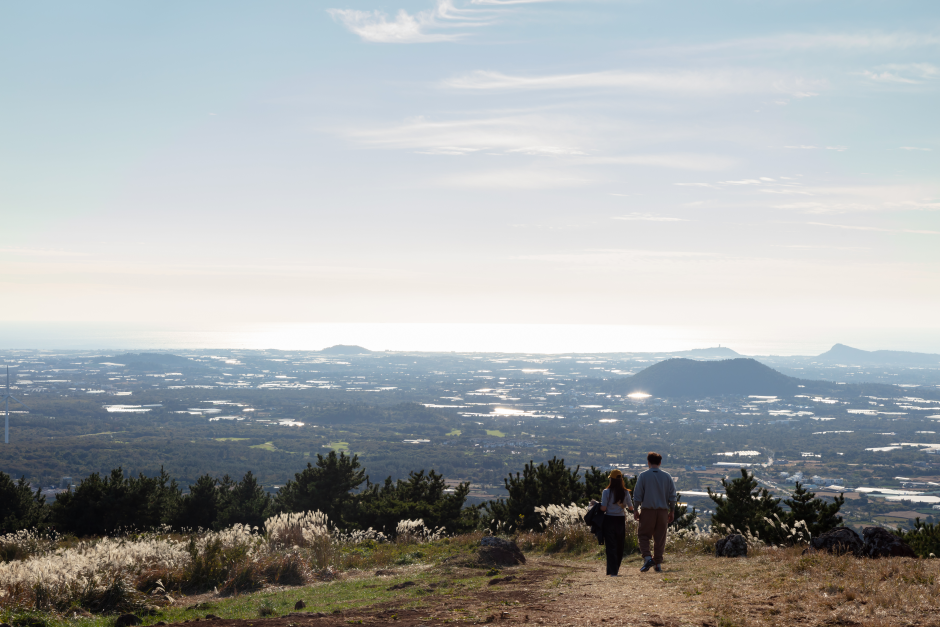
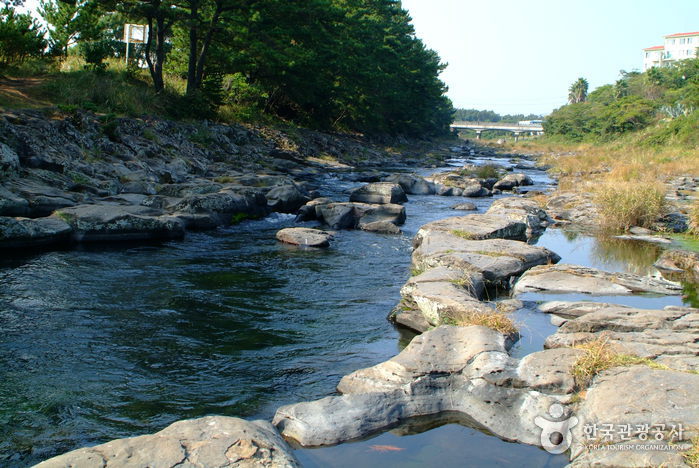
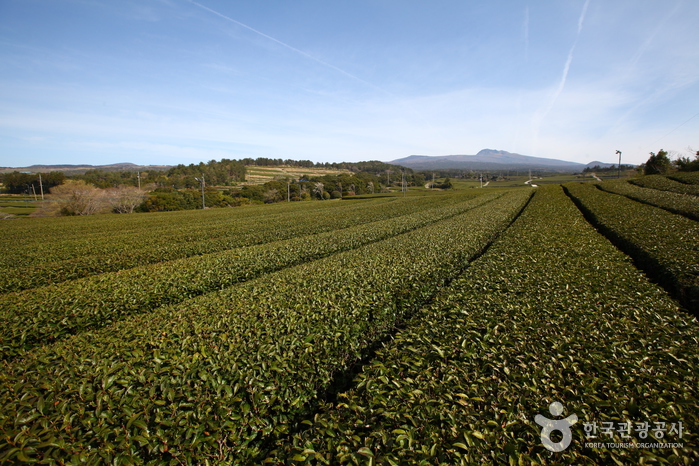
 English
English
 한국어
한국어 日本語
日本語 中文(简体)
中文(简体) Deutsch
Deutsch Français
Français Español
Español Русский
Русский